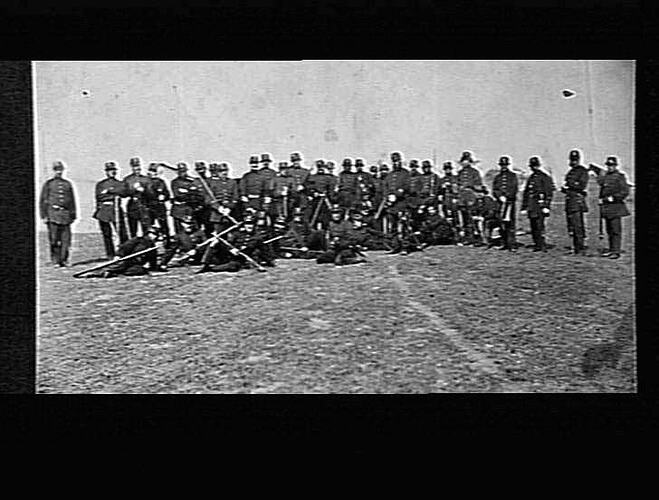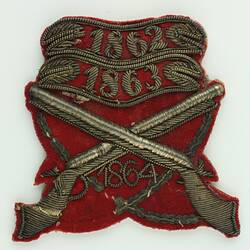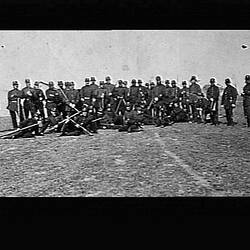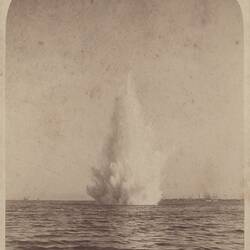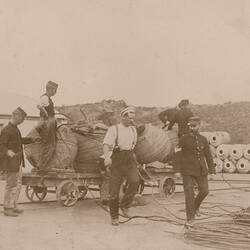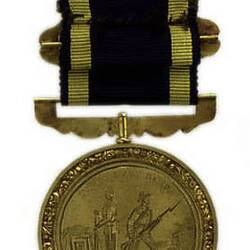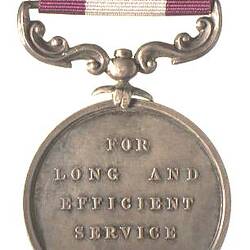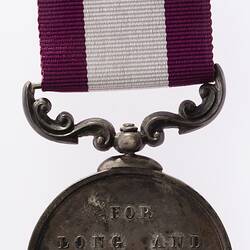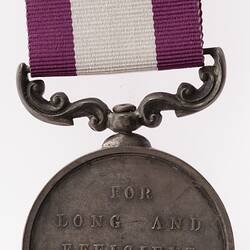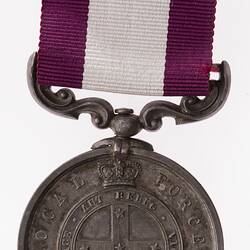In 1842 a series of attacks by bushrangers on homesteads in the Plenty River area led to the first calls for a volunteer force.
It was suggested that the force could be called the 'Port Phillip Volunteers'. Twelve military districts were envisaged, each to be commanded by a former army captain. The volunteers would dressed in a green uniform and heavily armed with a rifle, two pistols and a sword. However, it was illegal to raise an armed force anywhere in the British Empire, except with the express approval of the Crown, and a special parliamentary act was required. Twelve years later, in 1854, Governor Sir Charles Hotham approved an Act for Volunteer in Victoria to establish a Volunteer Corps not exceeding 2000 men, with officers appointed by the Governor. The force was independent from the regular British units, which maintained a presence until 1870.
The first unit formed was the Melbourne Volunteer Rifle Regiment, following shortly afterwards by the Richmond Rifles, the Emerald Hill Rifles, the East Collingwood Rifles and the Fitzroy Rifles. Cavalry, Artillery, Engineer, Torpedo and Signal units quickly followed, named after the localities in which they were raised. All units were voluntary, with service part-time and unpaid. By 1860, the Act had been amended to allow a Volunteer force of 10,000.
The Victorian Volunteer Forces became the primary defence force of the Colony of Victoria after the withdrawal of the Imperial troops in 1870. A Permanent Artillery Corps (or the Victorian Artillery) was also formed in that year.
The Victorian Volunteer Forces were disbanded in 1884, replaced by the Victorian Militia Force. The Militia were paid, and enrolled for a fixed term.
References:
National Archives of Australia web site Colonial defence personnel records held in Melbourne | naa.gov.au; Defending Victoria web site http://users.netconnect.com.au/~ianmac/volunt.html, accessed 24/9/2003.
National Archives of Australia Fact Sheet 134: 'Colonial defence personnel records held in Melbourne'
More Information
-
Keywords
-
Localities
-
Authors
-
Article types
